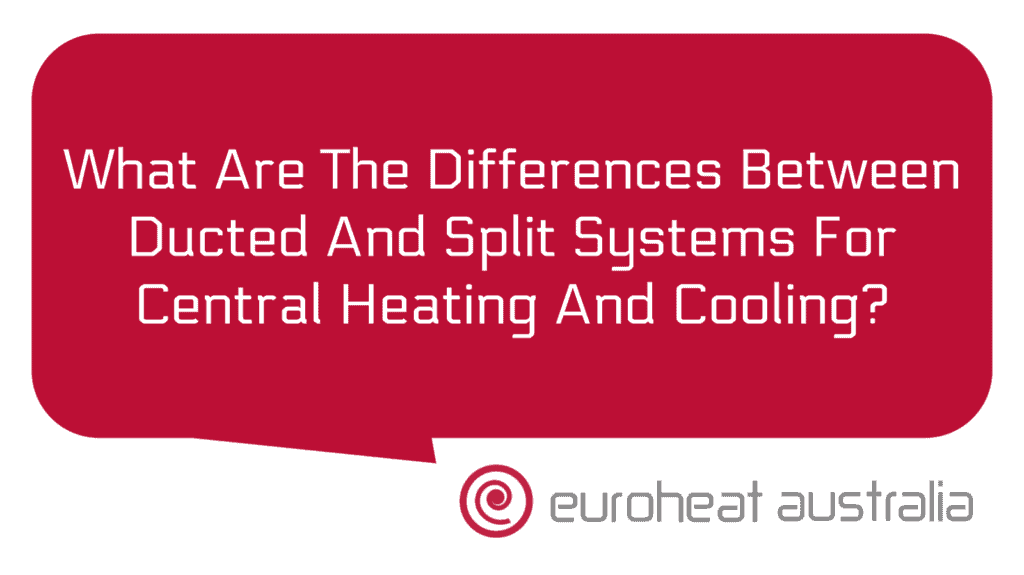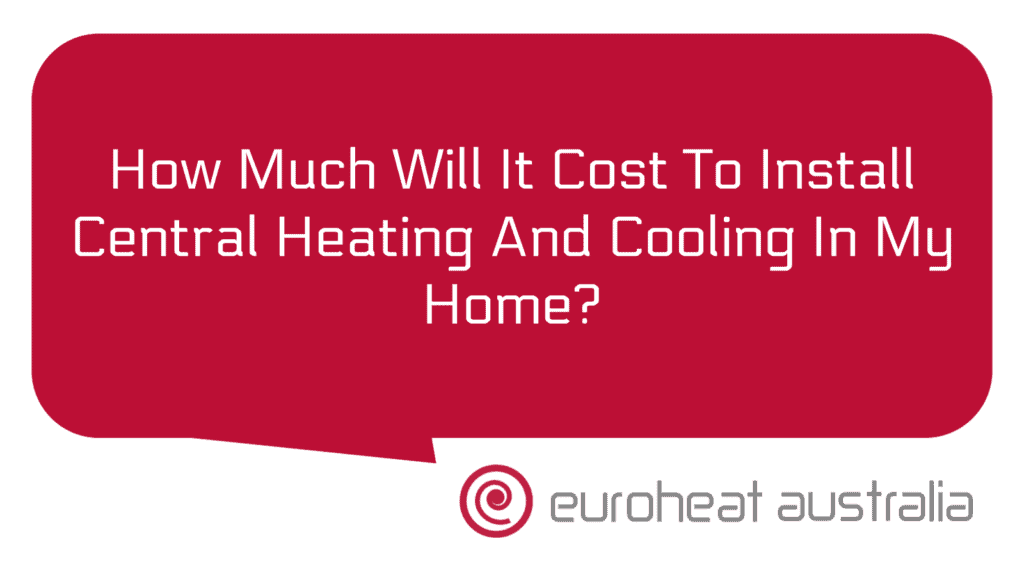When it comes to central heating and cooling systems, Australian homeowners have two main options to choose from – ducted systems and split systems. Both come with their own unique set of benefits, so it’s important to understand the differences between them before making a decision.
First and foremost, let’s talk about ducted systems. This type of system is installed in the roof space or within the ceiling cavity. It requires ducts to be installed throughout your home or office, connecting all the rooms and allowing climate control throughout. With this type of system, you get total control over the temperature in each room as well as humidity levels. The downside is that installation can be quite complex and costly – usually requiring an expert designer & installer like Euroheat Australia, as well as more time for installation than a split system would require.
On the other hand, a split system works by having an outdoor unit that is connected to one or more indoor units which are typically mounted on an interior wall. This type of system requires less installation time than a ducted system as there are fewer parts involved. However, it does not offer quite as much control over temperature or humidity levels as a ducted system would provide – with just one indoor unit you can only control temperature in one area at a time.
When it comes to energy efficiency and cost savings, both types of systems have something to offer. Ducted systems tend to be more energy efficient than split systems due to the fact that they distribute heat (or cool air) throughout your home rather than just in one area at a time. This means that you can avoid wasting energy by only cooling/heating rooms when they’re being used rather than wasting energy heating/cooling unoccupied rooms all day long. Additionally, a well-designed ducted system will result in lower running costs due to its ability to effectively distribute cool/warm air evenly throughout your home or office building without having to use additional fans or blowers which drive up electricity costs.
Split systems are also very cost-effective due to their lower installation costs compared to ducted systems – this means you can often save money on setup costs while still enjoying reliable climate control in your home or office building. Additionally, most split systems come with an inverter technology which helps reduce electricity consumption even further by automatically adjusting fan speed based on temperature changes – this can result in significant long-term savings compared to conventional air conditioning units without inverter technology which run at full power all the time regardless of external temperatures outside.
When it comes down to it, both types of central heating and cooling systems have something unique and beneficial for Australian homeowners looking for reliable climate control solutions for their homes or offices buildings – but if you really want maximum efficiency and cost savings over the long term then investing in a high-quality professionally designed and installed hydronic heating & cooling solution from Euroheat Australia is definitely worth considering! With over 30 years experience designing & constructing hydronic heating & cooling solutions tailored specifically for Perth homes & business environments





